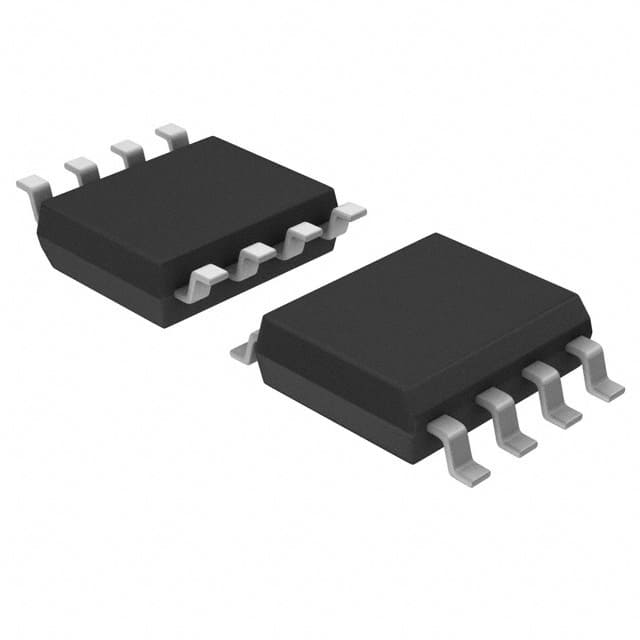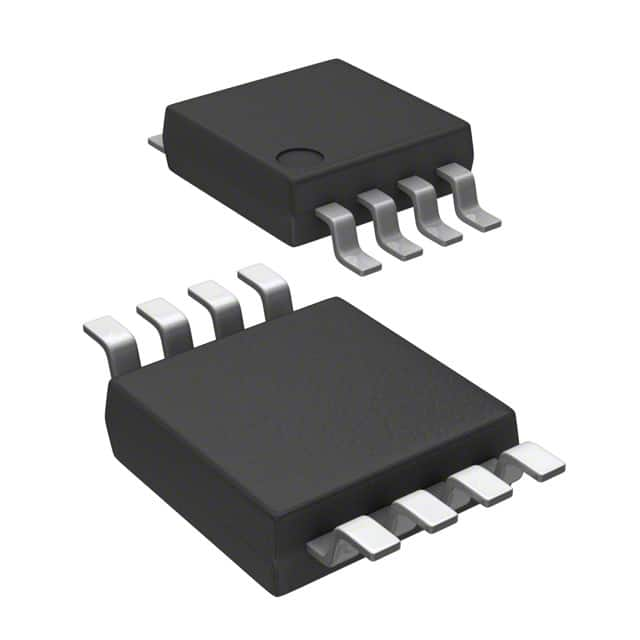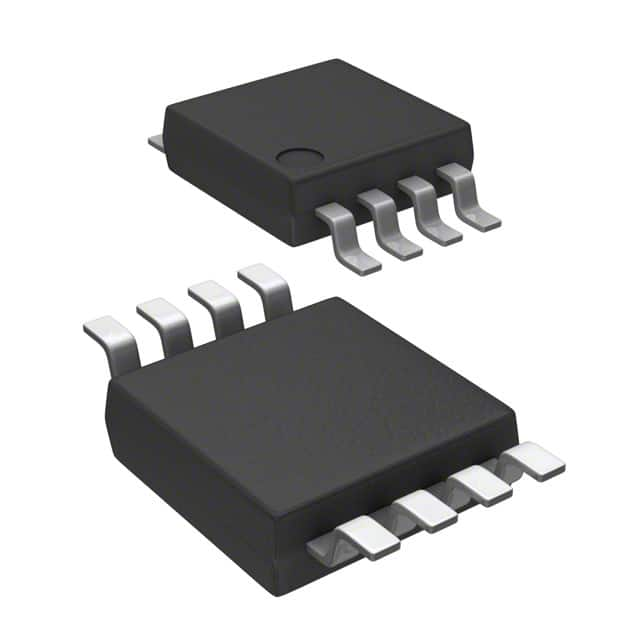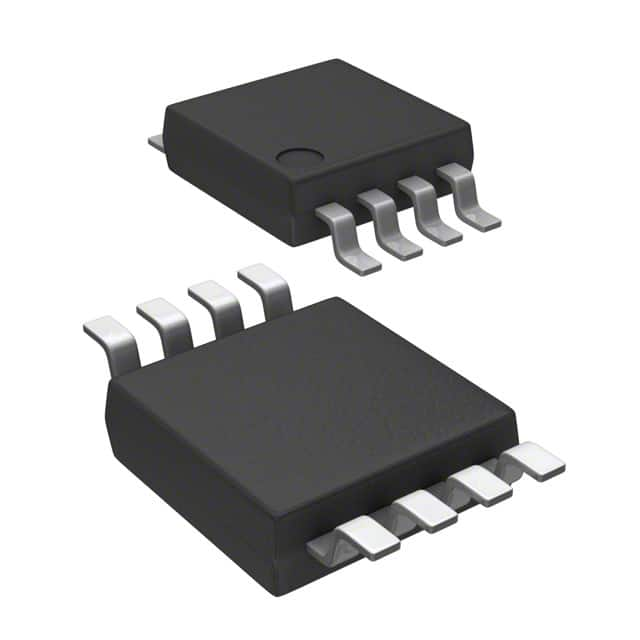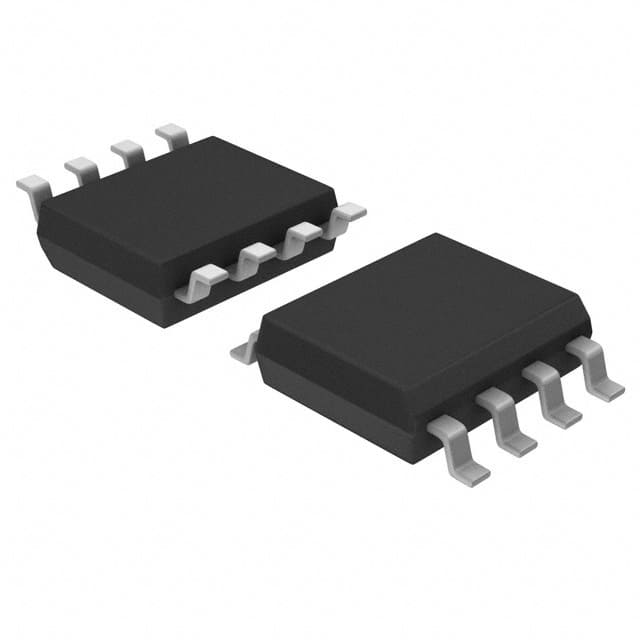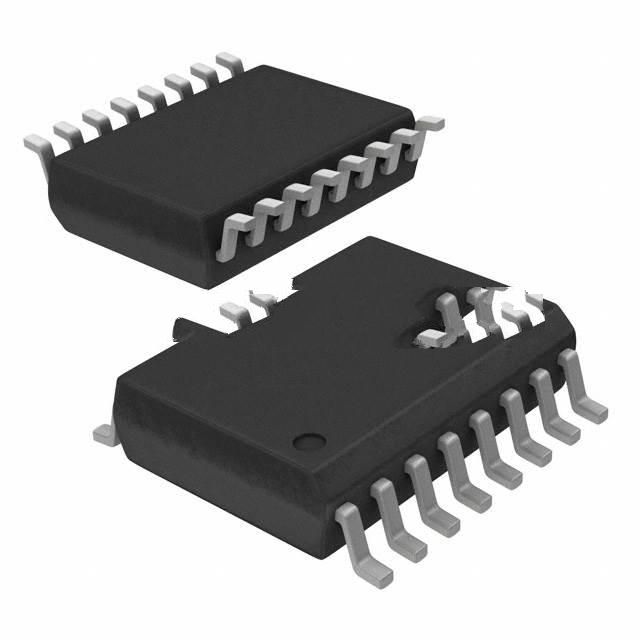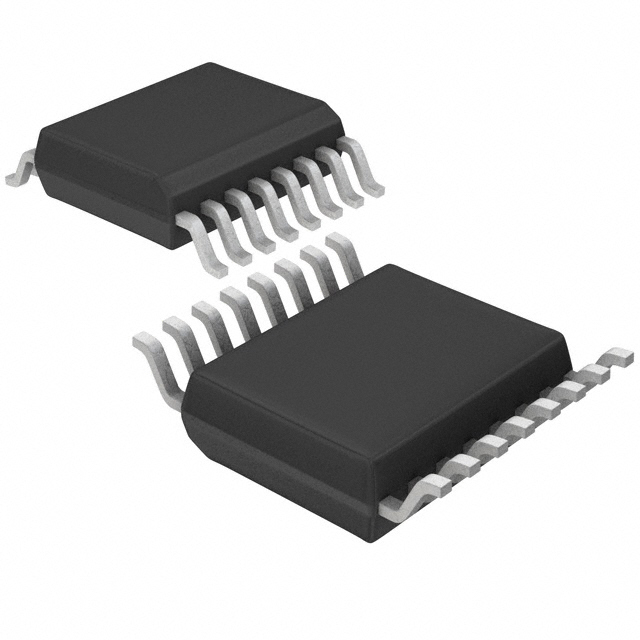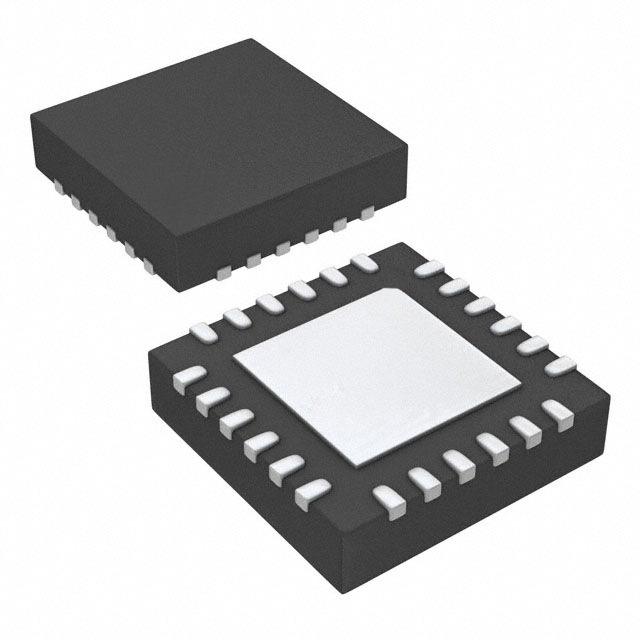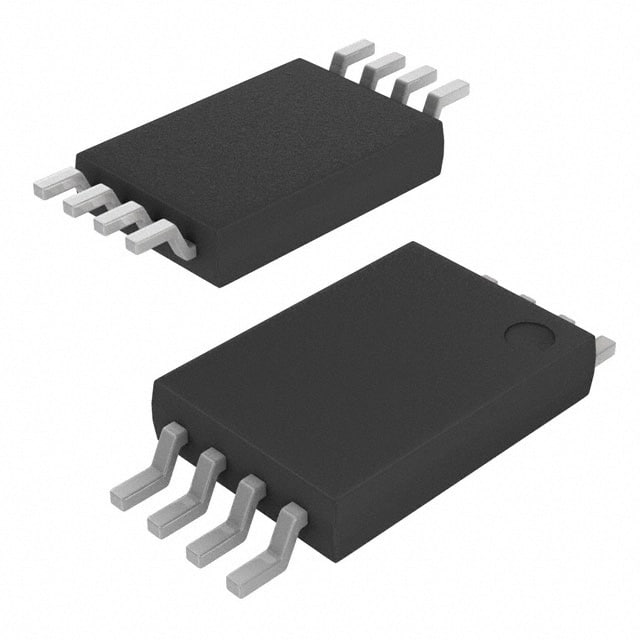2305-1HDCGI Product Introduction:
Renesas Electronics America Inc Part Number 2305-1HDCGI(Clock/Timing - Clock Generators, PLLs, Frequency Synthesizers), developed and manufactured by Renesas Electronics America Inc, distributed globally by Jinftry. We distribute various electronic components from world-renowned brands and provide one-stop services, making us a trusted global electronic component distributor.
2305-1HDCGI is one of the part numbers distributed by Jinftry, and you can learn about its specifications/configurations, package/case, Datasheet, and other information here. Electronic components are affected by supply and demand, and prices fluctuate frequently. If you have a demand, please do not hesitate to send us an RFQ or email us immediately sales@jinftry.com Please inquire about the real-time unit price, Data Code, Lead time, payment terms, and any other information you would like to know. We will do our best to provide you with a quotation and reply as soon as possible.
Introducing the Renesas Electronics America Inc 2305-1HDCGI, a cutting-edge semiconductor device designed to revolutionize the electronics industry. This advanced product boasts a wide range of features that make it a game-changer in various application fields.
The 2305-1HDCGI is equipped with a high-performance microcontroller unit, enabling it to handle complex tasks with ease. Its powerful processing capabilities ensure efficient and reliable performance, making it ideal for demanding applications such as industrial automation, automotive systems, and consumer electronics.
One of the standout features of the 2305-1HDCGI is its exceptional power efficiency. With its low power consumption, this device not only reduces energy costs but also extends the battery life of portable devices. This makes it an excellent choice for applications that require long-lasting power, such as wearable devices and IoT solutions.
Furthermore, the 2305-1HDCGI offers a wide range of connectivity options, including USB, Ethernet, and CAN interfaces. This allows for seamless integration with existing systems and enables easy communication with other devices, making it a versatile solution for various networking applications.
In addition to its impressive technical specifications, the 2305-1HDCGI is backed by Renesas Electronics America Inc's renowned reputation for quality and reliability. With a commitment to delivering innovative solutions, Renesas Electronics America Inc ensures that the 2305-1HDCGI meets the highest industry standards.
In conclusion, the Renesas Electronics America Inc 2305-1HDCGI is a state-of-the-art semiconductor device that offers exceptional performance, power efficiency, and connectivity options. With its wide range of application fields, this product is set to redefine the electronics industry and empower businesses to achieve new levels of success.
Clock Generators are circuits or devices used to generate stable and precise pulses of electrical signals. The clock signal generated by it provides a unified time benchmark for various electronic devices, ensuring that the components of the device can synchronize operations and actions.PLL (Phase Locked Loop and phase-locked Loop) is a kind of circuit is used to control the frequency and Phase. It can convert the frequency and phase of an input signal into the frequency and phase of another output signal to realize the synchronization of frequency and phase. Frequency Synthesizers are devices that use one or more standard signals to generate a large number of discrete frequency signals through various technical approaches. It can realize precise control and adjustment of frequency to meet the needs of different application scenarios.
Application
Clock Generators are widely used in computer chips, digital circuits, radio communication, audio and video equipment and other electronic equipment. The clock signal generated by it is the basis for the normal operation of these devices, ensuring the stable transmission and processing of data. PLL (phase-locked Loop) is mainly used to detect and track the frequency and Phase of the input signal and convert it into a stable output signal. It can change the frequency of the input signal to achieve a specific purpose, such as signal synchronization, frequency conversion, etc. Frequency Synthesizers generate a series of high-precision frequency sources with a certain frequency interval through synthesis technology to provide the required frequency signals for various electronic devices. It is widely used in applications requiring accurate frequency control, such as radar, communications, electronic countermeasures and other fields.
FAQ about Clock/Timing - Clock Generators, PLLs, Frequency Synthesizers
-
1. What is the difference between a PLL and a synthesizer?
The main difference between a PLL (phase-locked loop) and a synthesizer lies in their functions and application scenarios. PLL is mainly used to achieve phase locking of the output signal with the input signal, while a synthesizer is used to generate output signals of multiple frequencies.
PLL (Phase Locked Loop) is a circuit used to lock the phase. It consists of three main parts: a phase detector (PD), a low-pass filter (LPF), and a voltage-controlled crystal oscillator (VCO).
A synthesizer is a device used to generate output signals of multiple frequencies. It realizes the frequency synthesis function by adding a frequency divider on the basis of PLL. Synthesizers can be divided into integer frequency synthesizers and fractional frequency synthesizers.
-
2. How does Phase-locked loops(PLL) work?
PLL (phase locked loop) is a feedback control circuit that continuously adjusts the frequency and phase of the internal oscillation signal to synchronize with the input reference signal by comparing the phase difference between the input signal and the feedback signal. PLL is mainly composed of phase detector (PD), loop filter (LF), voltage controlled oscillator (VCO) and optional divider (Divider).
When PLL starts working, the frequency of input reference signal is always different from the inherent oscillation frequency of voltage controlled oscillator, resulting in constant phase difference. The error voltage output by the phase detector is converted into a control voltage through a loop filter and added to the voltage-controlled oscillator, so that its frequency is gradually adjusted to synchronize with the input reference signal and enter the "locked" state. If the frequency and phase of the input reference signal change, the PLL controls the frequency and phase of the voltage-controlled oscillator to track the changes of the input reference signal and re-enter the locked state.
-
3. Which is better, direct digital synthesis or PLL?
Direct digital synthesis (DDS) and PLL each have their own advantages and disadvantages. Choosing which one is better depends on the specific application requirements. DDS performs well in frequency switching speed and high resolution, while PLL has more advantages in phase noise and spurious performance.
The advantages of DDS include:
High frequency switching speed: DDS works in the digital domain. Once the frequency control word is updated, the output frequency changes accordingly, and the frequency hopping rate is high.
High resolution: Due to the large width of the frequency control word (such as 48bit or higher), the frequency resolution is high.
Flexibility: DDS can generate any desired waveform and initial phase, suitable for applications requiring a wide range of scenarios.
PLL advantages include:
Low phase noise: PLL excels in low phase noise and low spurious performance, suitable for applications requiring high stable frequency.
Wide frequency range: The upper limit of the PLL output frequency depends on the upper limit of the VCO, which can support a wider frequency range.
 Lead free / RoHS Compliant
Lead free / RoHS Compliant



